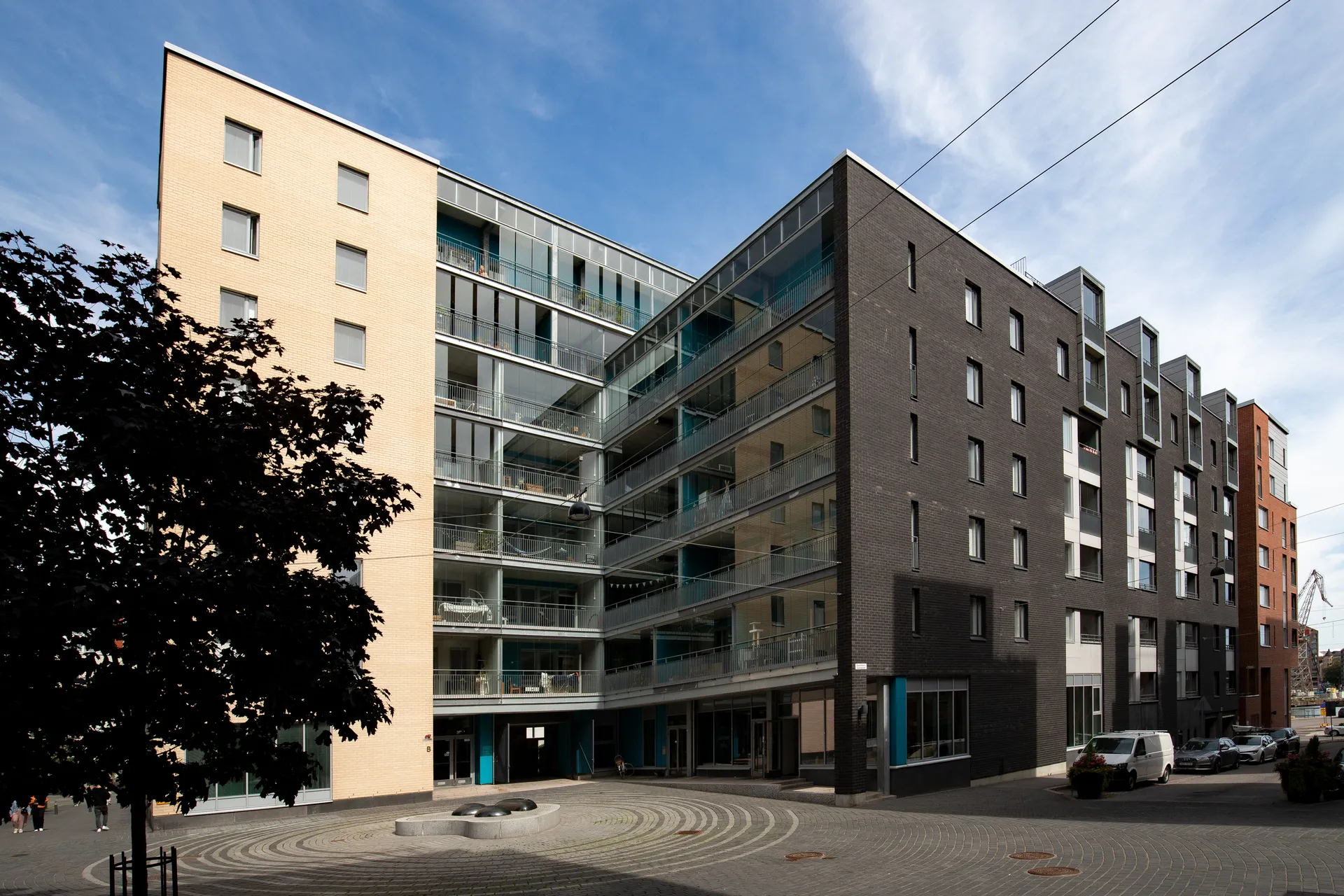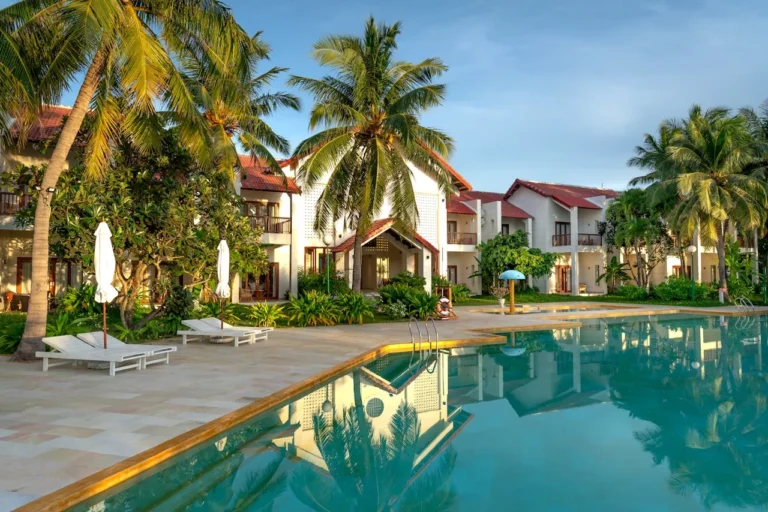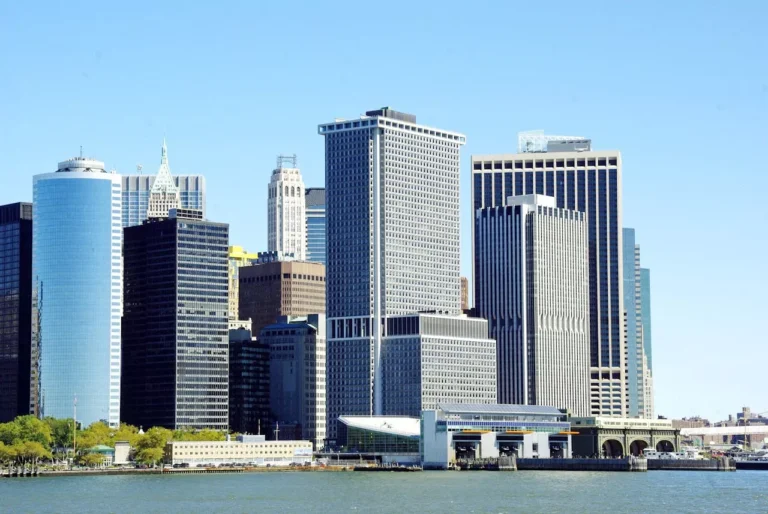
YIT Launches Circular Economy Pilot Block in Vallila, Helsinki
YIT, Finland’s largest construction company, is embarking on an ambitious new project in the heart of Helsinki. The company has announced the development of block 697 in Vallila, a roughly 1.5-hectare site that will become a pioneering example of sustainable urban construction and circular economy practices.
The project is not only about building new structures but about reshaping the way cities are planned, built, and lived in. By combining respect for the area’s industrial heritage with forward-looking green design, YIT aims to deliver a dense, vibrant, and environmentally conscious urban block that sets new standards for Finland and beyond.
The Location and Vision
Block 697, owned by YIT since 2020, is located in a key area bordered by Teollisuuskatu, Sturenkatu, Elimäenkatu, and Telekatu streets. This part of Vallila has long been associated with industrial and commercial activities, and its character is deeply rooted in Helsinki’s working-class history. However, in recent years, Vallila has become a district in transition—an area where old warehouses, factories, and offices are increasingly being repurposed into modern spaces for housing, culture, and creative businesses.
Recognizing this transformation, YIT has drawn up a reference plan for the site in close cooperation with the City of Helsinki and a range of experts. The vision is clear: to enliven the Vallila area in accordance with the city’s broader objectives while making the block a showcase for sustainable construction.
What sets this project apart is the scale and depth of its commitment to the circular economy. While sustainability features have become increasingly common in Finnish construction, YIT’s Vallila block intends to integrate them more comprehensively than any other project to date.
Respecting the Past While Building the Future
A defining principle of the project is the preservation of Vallila’s industrial identity. Instead of demolishing and replacing all existing structures, YIT plans to retain and adapt the oldest parts of the block that hold historical and scenic value. These buildings will be reimagined for new uses, blending seamlessly with modern construction.
The result will be a unique environment where old and new coexist, creating a block that honors the past while serving contemporary needs. Industrial heritage will not be lost but integrated, ensuring continuity of character in the midst of change.
This approach is not only sustainable in terms of material use but also culturally sensitive. It reflects an understanding that cities are living organisms, layered with history, and that progress does not require erasing the past but building upon it.
A Greener, More Connected Urban Block
The redevelopment of block 697 will focus heavily on creating high-quality outdoor and communal spaces. Three inviting courtyards are planned, providing residents and visitors with green retreats amidst the urban environment.
Perhaps most striking is the plan for a new pedestrian connection that will cut through the block, linking Teollisuuskatu with Elimäenkatu and tying into Vallila’s wider street network. This walkway will encourage foot traffic, enliven the area, and make the block more porous and integrated with its surroundings.
At street level, the project will activate the ground floors of buildings with new public spaces, including shops, cafés, and community-oriented facilities. These will contribute to a lively, communal atmosphere, fostering social interaction and supporting local businesses.
The goal is to create an urban environment where housing, work, and leisure are not segregated but interwoven into a dynamic whole.
Circular Economy at the Core
The heart of the Vallila block project is its groundbreaking application of circular economy principles. Rather than treating old building materials as waste, YIT aims to maximize the reuse and recycling of components within the block itself.
Hollow-core slabs, structural columns, beams, suspended ceilings, and even interior glass walls will be carefully dismantled, stored, and reintegrated into new construction. This closed-loop approach dramatically reduces the need for virgin materials and lowers the project’s carbon footprint.
Additionally, recycled materials will be used to build extensive yard areas, further demonstrating how circular solutions can be applied at scale.
“This project is our opportunity to show that sustainable construction can be both ambitious and respectful of cultural history. We want to make this an industry-wide circular economy pilot that changes the direction of urban development,” explained Juha Kostiainen, EVP of Urban Development & ESG at YIT.
Tenfold Increase in Green Factor
Beyond materials, the environmental ambitions of the project extend to urban ecology. The green factor of the block—the proportion of vegetation and natural features—will be increased tenfold compared to current levels.
Plans include multi-species vegetation, large canopy trees, and meadow-like roof gardens. These features will support biodiversity, provide habitats for pollinators, and improve the quality of urban life.

Stormwater management will be integrated into the design, with vegetation and soil systems helping to absorb rainfall and reduce runoff. Meanwhile, carbon sequestration will be promoted through natural plant growth, contributing to Helsinki’s climate targets.
By designing with nature, YIT seeks to transform what was once a predominantly industrial site into a living, breathing part of the city’s ecological network.
Collaboration as a Driving Force
The scale of innovation in the Vallila block project requires collaboration across sectors. YIT is working hand-in-hand with the City of Helsinki, architects, and various technical experts to test new solutions and overcome challenges.
“This is a new type of pilot project where we’re developing a sustainable city in close cooperation with the city and other partners. We boldly try new things, learn as the project progresses, and share our successes and challenges openly,” said Benjamin Kalliola, Project Director at YIT.
The partnership approach ensures that the project not only benefits from a wide pool of expertise but also contributes to the broader urban policy goals of Helsinki.
Alignment with Helsinki’s Strategy
The City of Helsinki has set ambitious goals in its strategy to accelerate low-emission and circular economy building solutions. The redevelopment of Vallila aligns perfectly with these priorities.
“Helsinki’s strategy is to modernize the Vallila area in a way that balances housing with commercial, industrial, and cultural activities. This project offers an excellent opportunity to show how these goals can be achieved together,” explained Rikhard Manninen, Director of Land Use at the City of Helsinki.
The project thus serves as a testbed not only for YIT but for Helsinki itself, showcasing how sustainable urban development can be scaled citywide.
A Model for the Future of Cities
While block 697 is just one site in Vallila, its implications reach far beyond its borders. If successful, it could serve as a model for future urban developments across Finland and internationally.
The project demonstrates that circular economy principles can be applied comprehensively in construction—not just as isolated features but as a guiding philosophy. It shows that industrial heritage can be preserved while still delivering dense, modern urban spaces. And it illustrates how green infrastructure can be meaningfully integrated into city blocks to support biodiversity and climate resilience.




